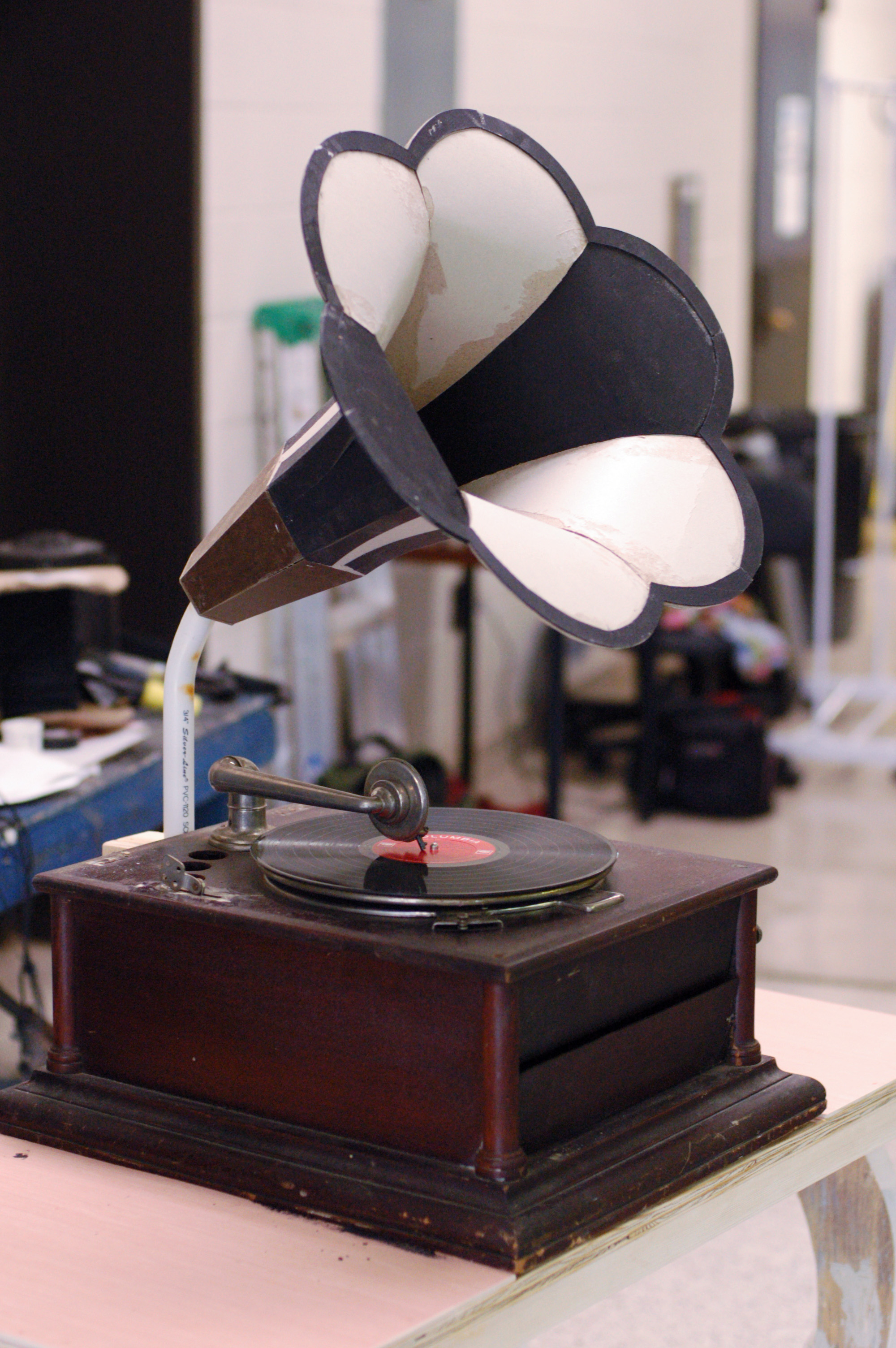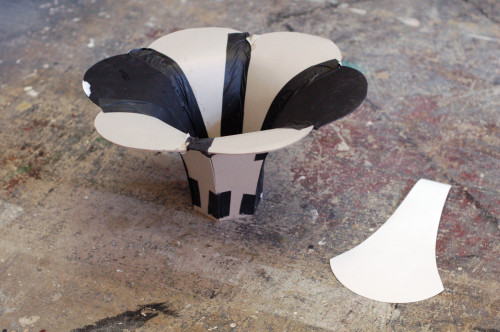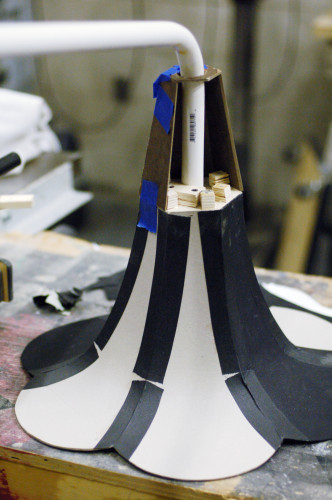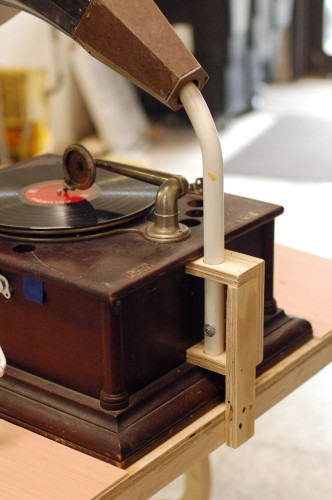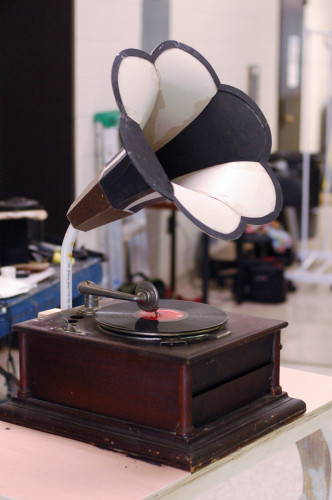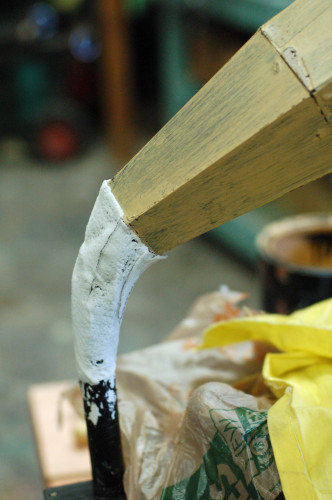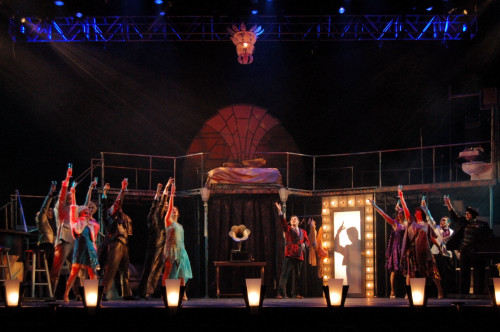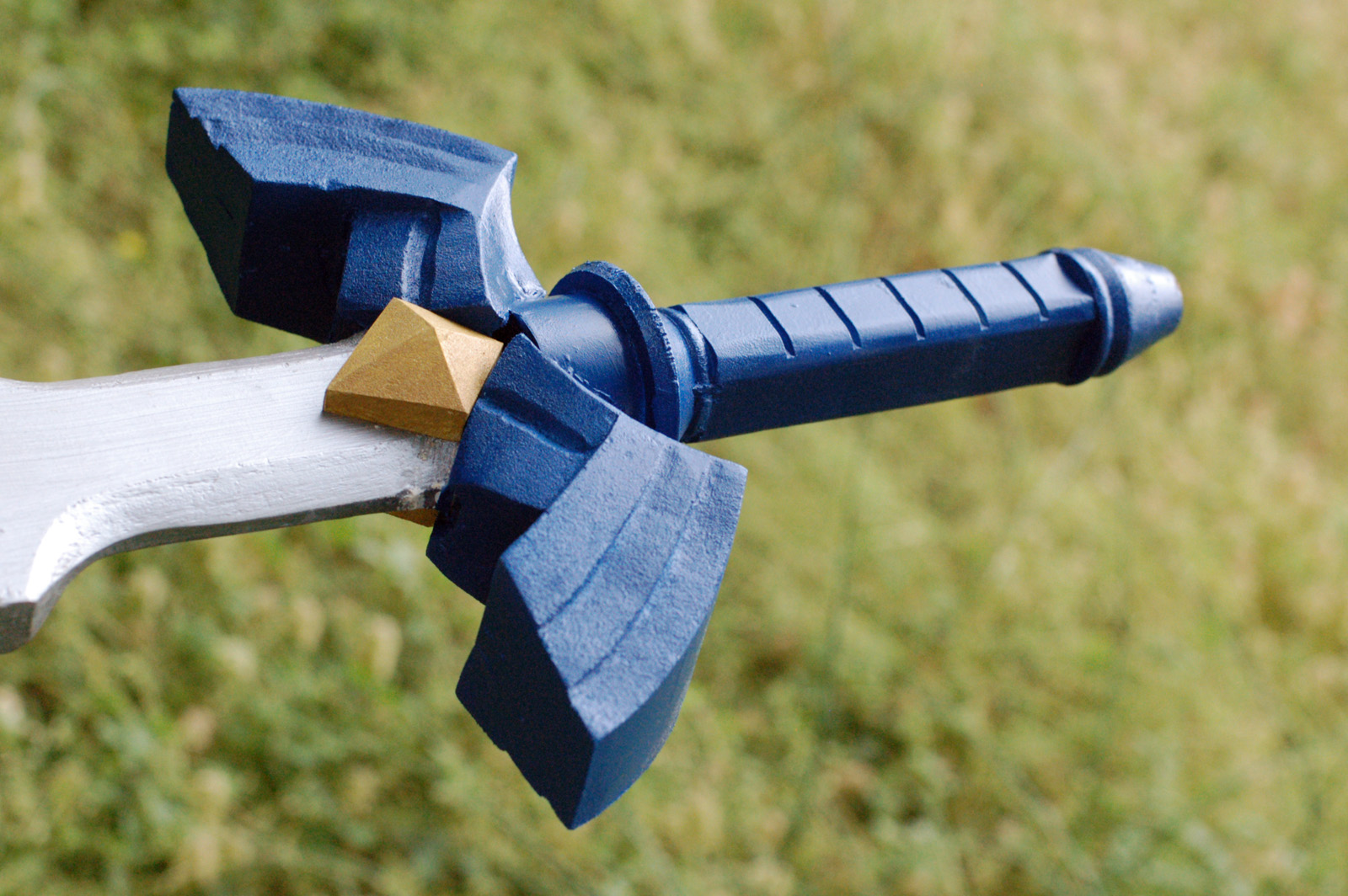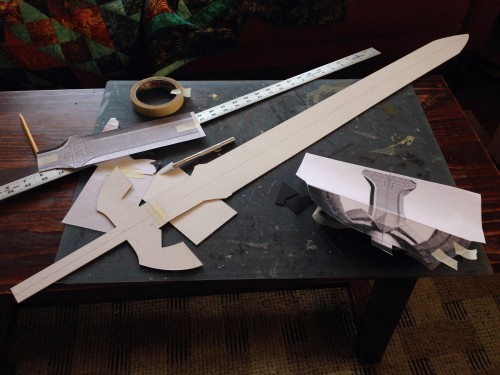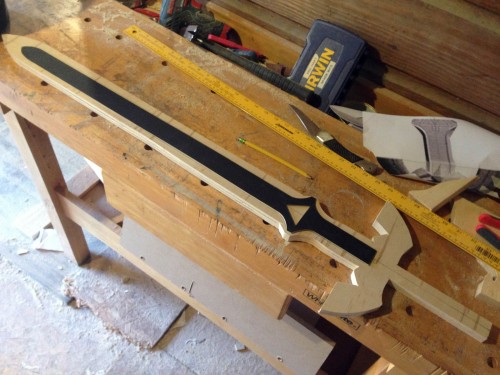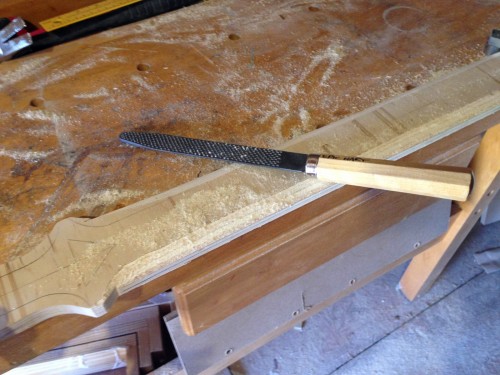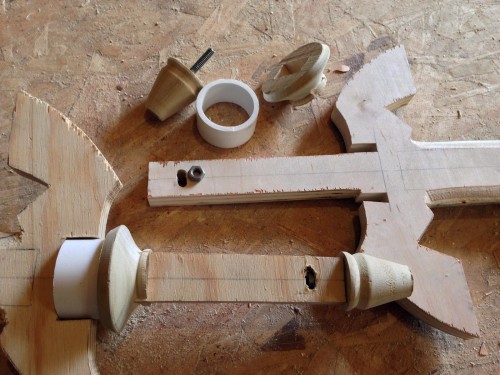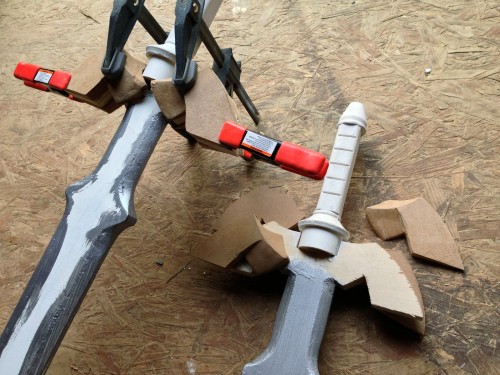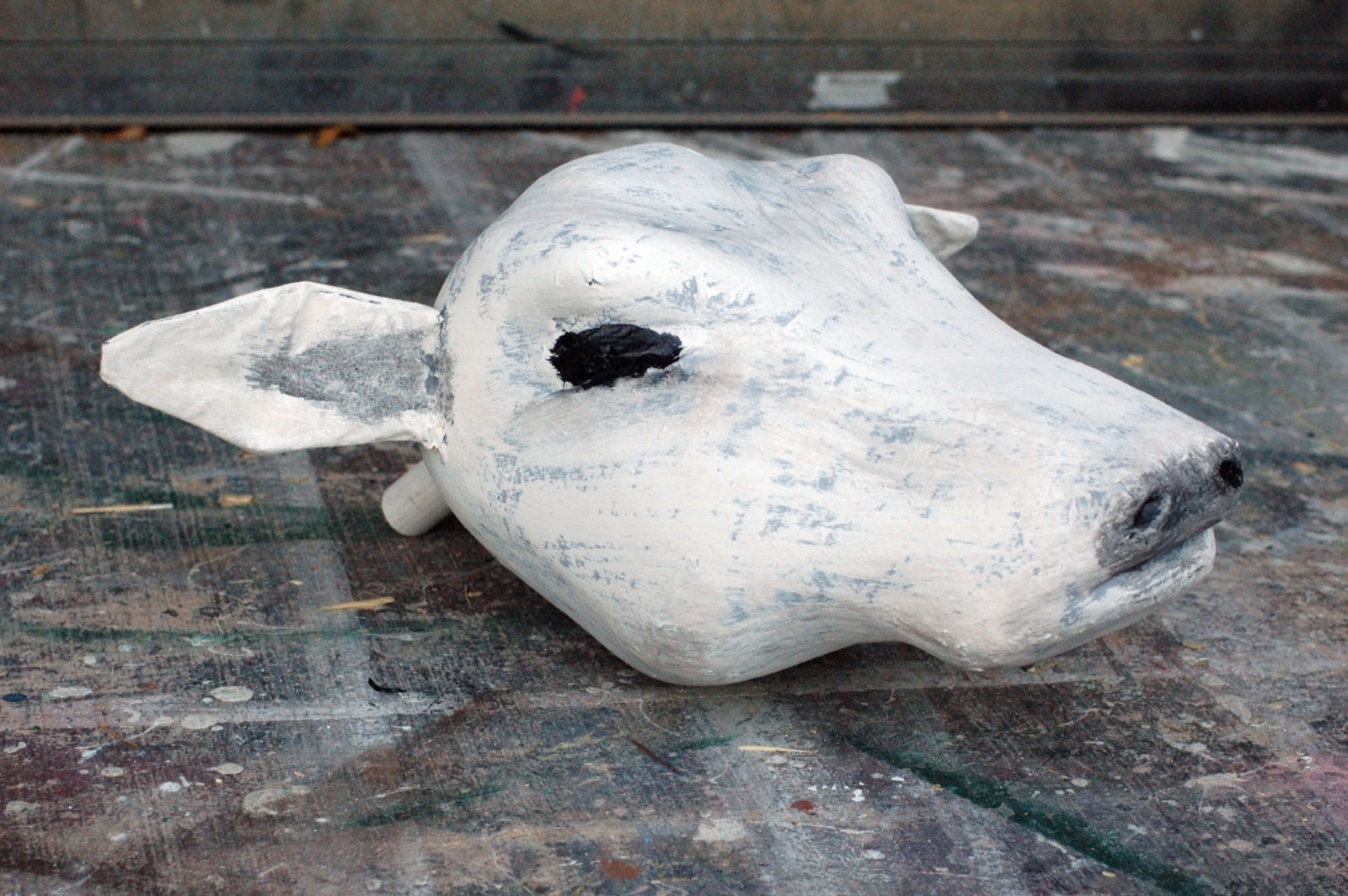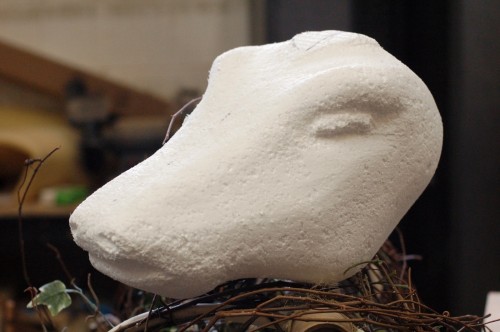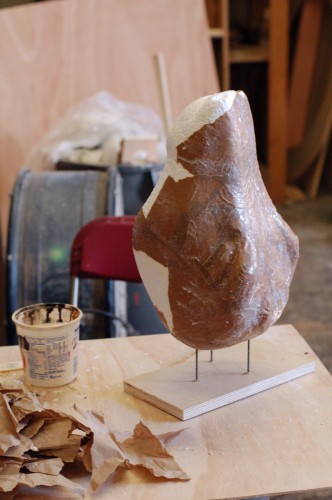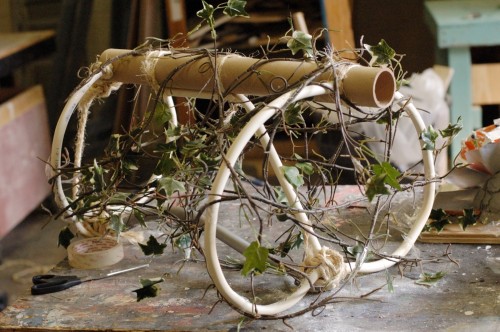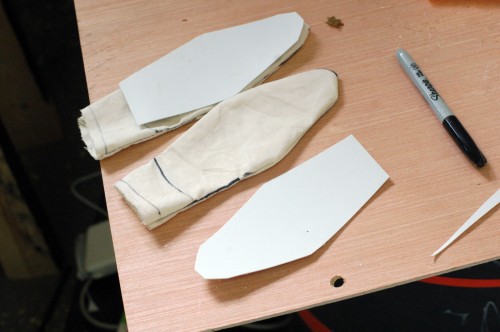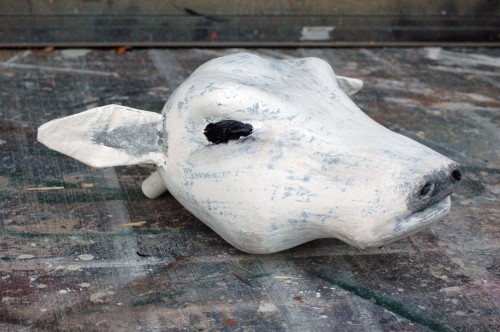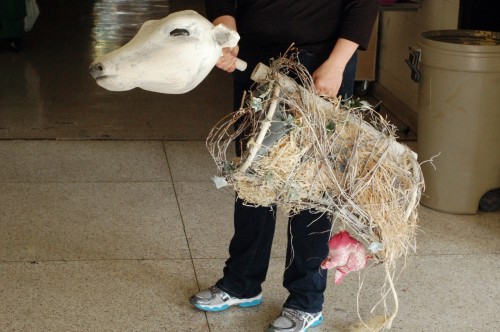Happy Saturday, everyone. Unforeseen emergencies kept me from posting this yesterday, but have no fear, your props reading list is here:
If you somehow missed this article, Maria Bustillos had a great piece in Bloomberg Business called “How High Def is Changing Your Brain – and Driving the Prop Master Crazy.” It delves into how the increased resolution and clarity of film makes amazing props look like cheap plastic knock-offs. It has a fair bit of prop-making history in it, and some wonderful anecdotes as well (the bit about attaching the leaves from small carrots onto the bodies of larger carrots for a perfect carrot was something every prop master could recognize).
Rosco Spectrum has more on the 160 candlestick holders which Jay Duckworth constructed for Hamilton (now on Broadway!). Using his drill press as a lathe, and some FoamCoat, he made short work of this project. Jay, you know you have an actual lathe in your shop, right?
User Ratchet built a Recharger Rifle from Fallout: New Vegas and posted pictures over at the Replica Prop Forum. The process photos do a wonderful job showing how a few simple materials layered up on top of each other can quickly become a complex and interesting prop. The fantastic paint job helps a lot as well.
Finally, I saw this Giant PVC Centipede over at Instructables. It’s the stuff of nightmares, but it’s also interesting some basic hardware store supplies can transform into a fully articulated monstrosity.

